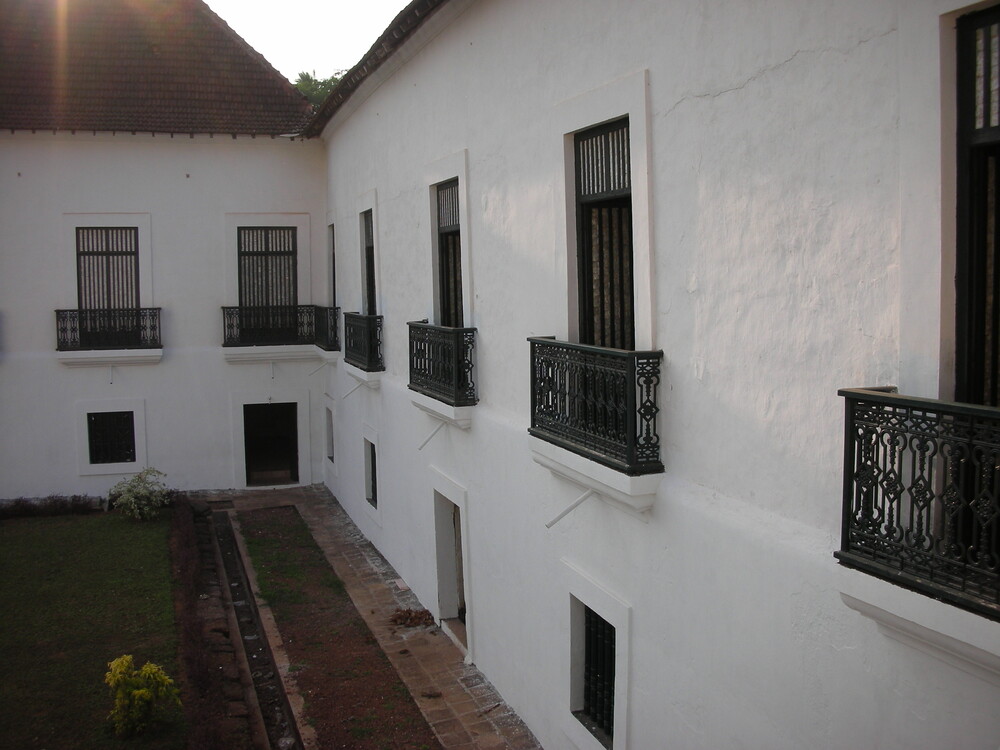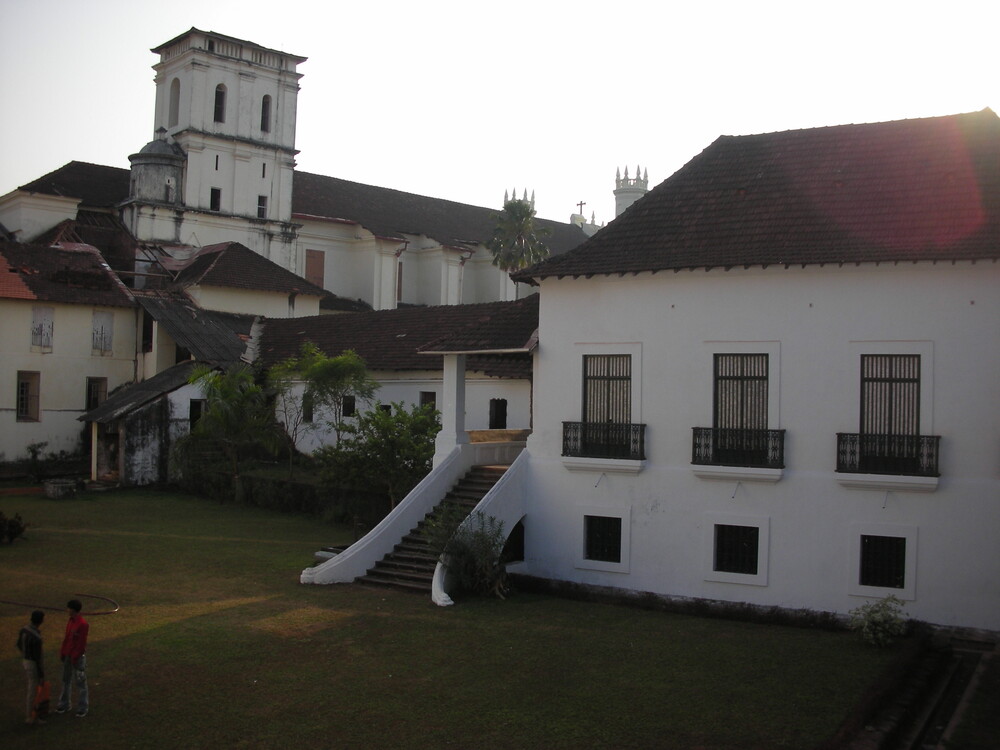Churches and Convents of Goa
The Churches and Convents of Goa is a serial property located in the former capital of the Portuguese Indies, which is on the west coast of India about 10 km east of the state capital Panjim. These seven monuments exerted great influence in the 16th to 18th centuries on the development of architecture, sculpture, and painting by spreading forms of Manueline, Mannerist, and Baroque art and architecture throughout the countries of Asia where Catholic missions were established. In doing so they eminently illustrated the work of missionaries in Asia.
The earlier village of Ella developed into Goa (present day Old Goa) after it was taken over by the Portuguese, who designated this city as the capital for their occupied territories in Asia in 1730. Many royal, public, and secular edifices were built, as were many sumptuous and magnificent chapels, churches, convents, and cathedrals following the arrival of European religious orders such as the Franciscans, Carmelites, Augustinians, Dominicans, Jesuits, and Theatines. The surviving churches and convents in Goa are the Chapel of St. Catherine (1510), which was raised to the status of cathedral by Pope Paul III in 1534; the Church and Convent of St. Francis of Assisi (1517; rebuilt in 1521 and 1661), with elements in the Manueline, Gothic, and Baroque styles; the Church of Our Lady of Rosary (1549), the earliest of the existing churches built in the Manueline style; Sé Cathedral (1652), with its Tuscan style exterior and Classical orders; the Church of St. Augustine (1602), a complex that fell into ruins, with only one-third of the bell tower standing; the Basilica of Bom Jesus (1605), with its prominent Classical orders; and the Chapel of St. Cajetan (1661), modelled on the original design of St. Peter’s Church in Rome.
The architectural styles followed those in vogue in Europe during the contemporary period, but were adapted to suit the native conditions through the use of local materials and artefacts. The buildings represent the roots of a unique Indo-Portuguese style that developed during Portuguese control of the territory, which lasted for 450 years until 1961. This long period deeply influenced the way of life as well as the architectural style of the place, which spread to missions beyond Goa, creating a unique fusion of Western and Eastern traditions.







